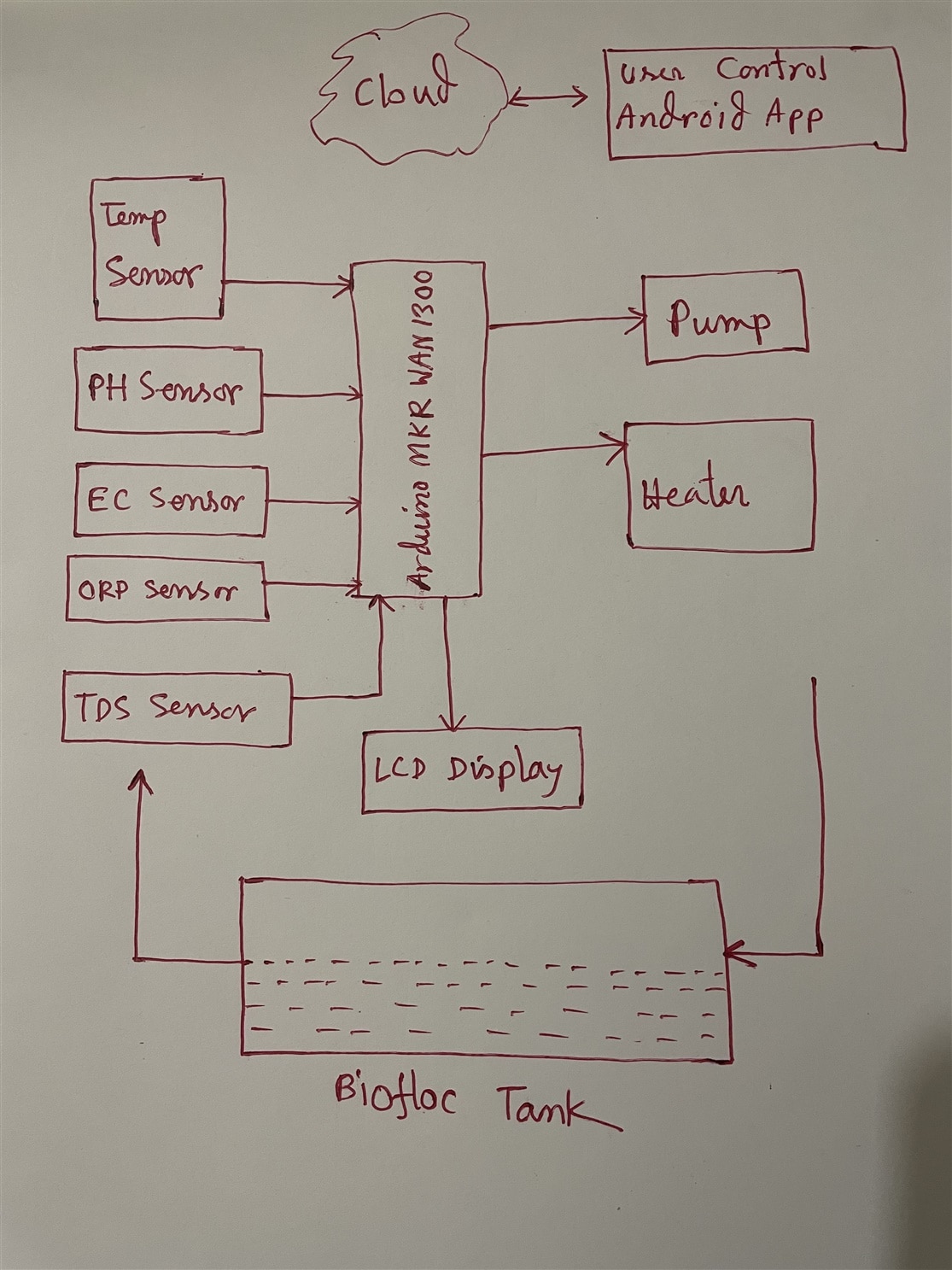In a world where more than 800 million people continue suffering from chronic malnourishment and where the global population is expected to grow by another 2 billion to reach 9.6 billion people by 2050, it is important to meet the huge challenge of feeding our planet while safeguarding its natural resources for future generations. In this context, aquaculture plays a key role in eliminating hunger, promoting health, reducing poverty, as well as generating jobs and economic opportunities. According to FAO, the world food fish aquaculture production expanded at an average annual rate of 6.2% in the period 2000–2012 from 32.4 million to 66.6 million tons, in which Africa grew 11.7%, Latin America and the Caribbean 10%, Asia (excluding China) 8.2, and China 5.5. Employment in the sector has grown faster than the world’s population. The sector provides jobs to tens of millions and supports the livelihoods of hundreds of millions. Fish continues to be one of the most traded food commodities worldwide. It is especially important for developing countries, sometimes worth half the total value of their traded commodities.

Biofloc technology (BFT) is considered the new “blue revolution” in aquaculture. Such technique is based on in situ microorganism production which plays three major roles: (i) maintenance of water quality, by the uptake of nitrogen compounds generating in situ microbial protein; (ii) nutrition, increasing culture feasibility by reducing feed conversion ratio (FCR) and a decrease of feed costs; and (iii) competition with pathogens. The aggregates (bioflocs) are a rich protein-lipid natural source of food available in situ 24 hours per day due to a complex interaction between organic matter, physical substrate, and a large range of microorganisms. This natural productivity plays an important role in recycling nutrients and maintaining the water quality.
Biofloc technology (BFT) is an environmentally friendly aquaculture technique based on in situ microorganism production. Fish and shrimp are grown in an intensive way (minimum of 300 g of biomass per square meter with zero or minimum water exchange. In addition, continuous water movement in the entire water column is required to induce the macroaggregate (biofloc) formation. Nutrients in water (in accordance with a known carbon-to-nitrogen ratio of 12–20:1) will contribute naturally to a heterotrophic microbial community formation and stabilization. These microorganisms play three major roles: (i) maintenance of water quality, by the uptake of nitrogen compounds generating in situ microbial protein; (ii) nutrition, increasing culture feasibility by reducing feed conversion ratio (FCR) and a decrease of feed costs; and (iii) competition with pathogens.
The project demonstrates how to make an Internet of Things-based intelligent water monitoring system for Biofloc technology in Bangladesh. The proposed system monitor and measures water quality using sensors capable of sensing the quality of water components such as dissolved oxygen, nitrogen, pH, water temperature, ammonium, and carbon dioxide, and transmitting the measured data to a mobile device through a mobile application. Moreover, the system automatically controls the actuators to resolve the water quality issues if the water quality level exceeds a certain threshold. Fish producers can also resolve this issue by examining the measured values of water quality parameters from their smartphones.

Biofloc Monitoring System Block Diagram.
